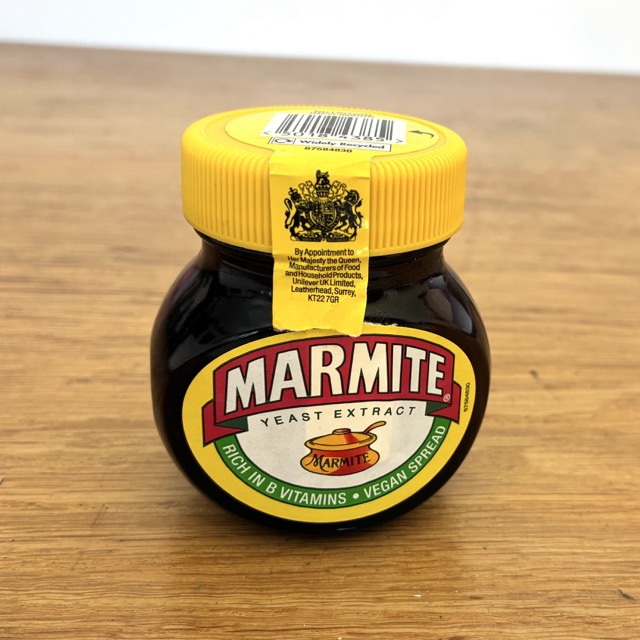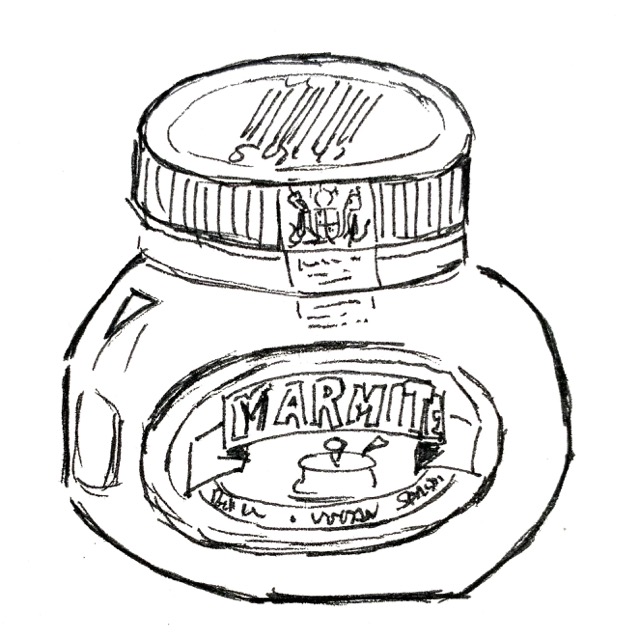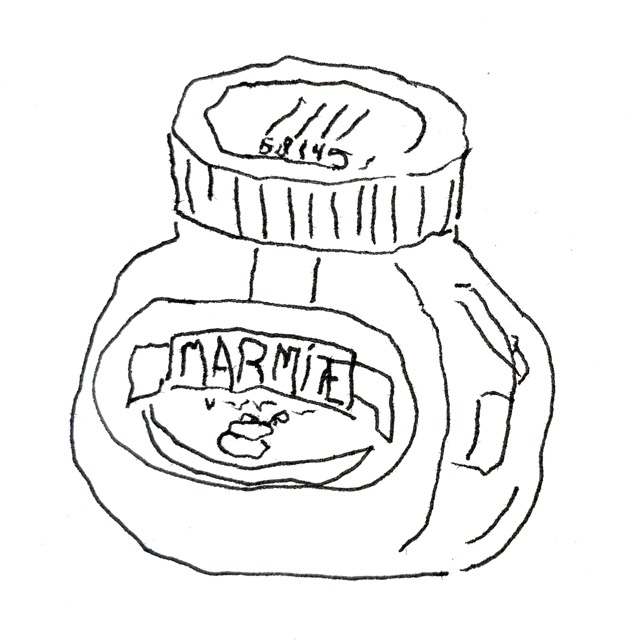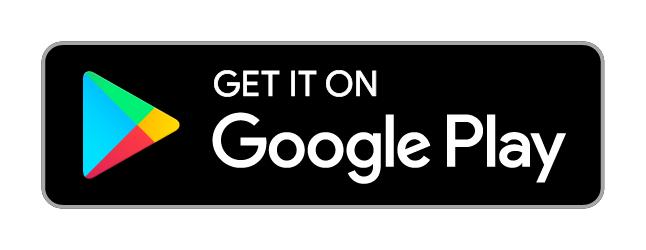Drawing is more than putting pencil to paper — it's a full-brain workout. Your brain engages multiple systems simultaneously: logical analysis and creative intuition working together.
Drawing hones your artistic skills while building muscle memory that trains your hand and brain to move in smooth, coordinated patterns automatically.
One powerful way to amplify these benefits is through an unexpected challenge: switching hands. Using your non-dominant hand takes this brain-training practice further.
Movements feel awkward at first because your brain hasn't yet built the neural pathways for that hand. With repetition, control and coordination improve, strengthening the connection between both hemispheres.
This tutorial will guide you through exercises and techniques that engage your whole brain, build new neural connections, and give your non-dominant hand a boost — turning drawing practice into a fun and powerful brain workout.
Exercise: Drawing with Your Non-Dominant Hand
What to do
- Pick a simple object like a cup, plant, or small figurine
- Draw it with your non-dominant hand (lines may feel shaky or uneven — that's normal)
While you draw
Focus on perception, not perfection: The goal isn't a perfect drawing — it's to train observation and intuition.
Observe carefully: Your brain can't rely on automatic habits, so focus on shapes, proportions, and details.
Repeat regularly: Practice builds new neural pathways, improving not just your non-dominant hand control, but also your dominant hand's fluidity and your overall spatial awareness.
Example
Here's what the difference looks like when comparing both hands:
Below: the reference object

Below: drawn with dominant hand

Below: drawn with non-dominant hand
Notice how the non-dominant hand version is less controlled, but it often captures a fresh, observational quality that comes from drawing what you actually see rather than what you think you know.

Why This Works
Many art teachers use non-dominant hand drawing to "free up creativity," because it forces you to see objects in a fresh way and draw from direct observation rather than habitual motion.
The shakiness you feel at first is your brain forging new connections — and those new pathways improve not just your weaker hand, but how you draw with both hands.


